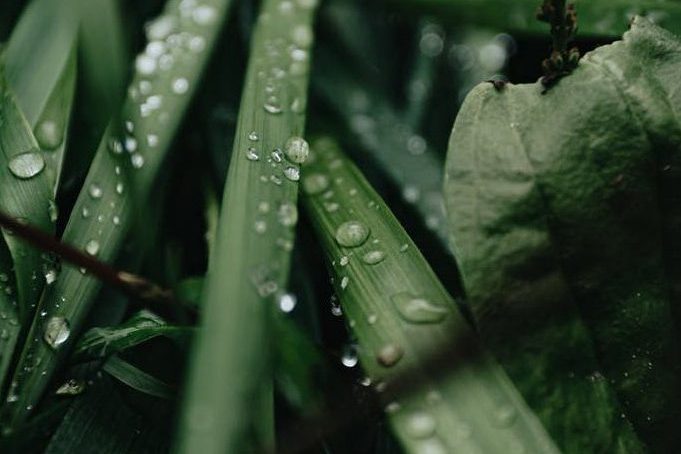
We’ve all seen dew drops on a blade of grass or on the side of a water glass. This is condensation, and it allows us to tap into the natural processes of the water cycle without disrupting it. Atmospheric Water Generation (or AWG) is the ability to collect water vapor from the air and condense it to produce drinkable water.
The amount of water vapor that exists in our atmosphere varies depending on the location and geography, but small amounts of water always exist in the air, even in the most arid of climates. Passive water generation is found in nature and has been discovered in early civilizations!
Over time, we have developed technology to accelerate the process.
Within the next decade, we will see significant changes in how we use water, and in what applications. Human activities such as urban development, industry, and agriculture have increased the demand for water resources and have complicated water distribution. While water is considered a renewable resource, availability is dependent on the rate of our water cycle. It will be critical to work with natural processes like the water cycle if we are to solve for future demands.
The Process of AWG
The principles of atmospheric water generation can be split into two main processes: cooling and dessication.
Cooling mimics the ancient practice of air wells to drive warm air from the atmosphere into a container. When the warm air encounters a cool surface within the container, it condensates, drips into a capture bin, and produces potable water. A ‘cooling style water generator’ or heat exchanger relies on energy consumption equivalent to that of a space heater or fan. Domestic applications are currently used to reduce the need for plastic water bottles and also used by those who desire fresh water without added chemicals. Often, these systems can be paired with solar panels.
Another popular method uses chemicals to extract water from the air in a process called, “wet desiccant atmospheric water generation”. Desiccants are crystalline solids that absorb moisture from ambient air, holding it within its structures like a sponge; salt brines can also be used for desiccation. The chosen desiccant is then re-heated and the resulting steam is captured for filtering and processing. This process supports communities in arid regions, industrial applications, and military operations; it is known to be more energy efficient than cooling.
Each process can be used, but is best suited for specific applications depending on your region.
Our Future
Adopting creative methods for clean water capture and reuse will define the future of water consumption. While the technology itself is impressive, the most compelling aspect of AWG is the opportunity to close the gap in access to clean drinking water.
Green atmospheric water generation, which is combining AWG technologies with a source of renewable energy, is a critical step towards water autonomy and security; it is also practical to deploy in emergency situations. Hydropanels were installed as a source of freshwater for the Navajo Nation during the COVID crisis, a disaster relief program that continues to expand to other rural communities.
By tapping into the natural rhythms of the water cycle, AWG provides us with fresh water that we can use for survival. The exploration and adoption of atmospheric water generation will strategically position us to close health equity gaps and respond to the growing needs of future generations.
Green.Org is a television show, podcast, social media, and news platform, hosted by Dylan Welch, that highlights climate change scientists, renewable energy experts, and clean tech entrepreneurs by giving them a voice in the mainstream media. The Green podcast highlights leading experts in cleantech, sustainability, media, finance, and real estate. Tune in and subscribe to the podcast on Apple or Spotify to listen to interviews with leading cleantech and sustainable experts. If you are interested in being featured on Green, click HERE.